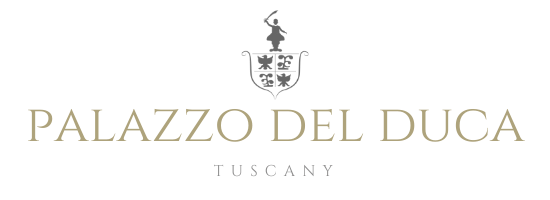Lunigiana, the land of the moon
There is still a world made for man. This world is called Lunigiana.
Lunigiana derives its name from the Roman colony of Luni, founded by the Romans in 177 BC at the mouth of the river Magra, so rich and dazzling marble to mislead the Normans, who mistook for Rome. Located at extreme north of Tuscany, surrounded by the Apennines, the Apuan Alps and the Ligurian Sea, Lunigiana is a small region rich in history, which looks like a veritable kaleidoscope of lights, colors, pictures and lush scenery. Again Today, along the territory of Lunigiana, you can find the trace of the Via Francigena, a major road travelled by pilgrims and merchants who were pushed from northern Europe to Rome. In the ninth century, the street took its current name to mark the domination of the Franks. Along the way, over the centuries were founded monasteries and abbeys, to emphasize the nature of “spiritual” in that path. It was declared in 1994 “Cultural Route of the Council of Europe”
By the Middle Ages the land of Lunigiana became overlords always fighting among themselves and between them stands the family of Malaspina famous for his strength and for hosting the poet exile, Dante Alighieri and that the troubadours and Marquis became famous throughout Europe and, among many, Alessandro Mulazzo, last of the great navigators of Spain. The horizons of these valleys are marked by the towers of a hundred or more castles from walled villages, villas scattered in the countryside, from the noble past of the city as Pontremoli and Fivizzano, where he found echoes of Lombard and Tuscan architecture, an unparalleled repertoire of Baroque painting, the memory of a culture Humanities away. All you need a name: Jacopo da Fivizzano, first among the Italian printers.
Lunigiana is a land still untouched and waiting to be discovered from the natural point of view. It offers the tourists a generally mild climate, a gentle and relaxing environment with hills covered with lush green forests and fish-filled streams with clear waters and a modern accommodation facilities and varied. Each of the 14 towns of the land has its own attractions: museums, hot springs, (Equi terme) sports facilities, large complex underground limestone (Grotte di Equi), and ski resorts (Zeri to Passo Due Santi, Prato Spilla, where on clear days, the look reaches the sea), places for hiking and horseback. With these alternate and blend the folklore, traditions, gastronomy and local crafts, which never cease to amaze.
Lunigiana is crossed from north to south by road links of national interest, or intersect with paths that follow the river Magra. These put in direct communication with the Lunigiana region of Emilia Romagna, Liguria (in a short time you can reach the beautiful beaches of Versilia and the famous Cinque Terre in 30 minutes drive) and the rest of Tuscany, in view of the fact that the roads are modelled on the ancient paths especially medieval, these itineraries allow for a very interesting with the area, offering panoramic views and stunning views and the crossing of the most significant of the Lunigiana.
Lunigiana is served by two railway lines, the Parma-La Spezia (also known “Pontremolese”) and the Aulla-Lucca. The walkers on two wheels, to signal that there are several trains on both lines which can transport their bike. At the very busy highway, road and rail links are excellent road system that penetrates less widely throughout and leads to extensive and unique scenery of the Apennines, the mountain huts in villages and ancient castle, all to discover, know and love. In addition to about an hour drive far away there is the airport of Pisa “Galileo Galilei”, the airport of Parma and a little more distant, the airport of Genoa. In an hour and a half you can reach Florence.
Even the culinary traditions of the Lunigiana has its importance. A remarkable variety of elaborate dishes, however from a few simple ingredients characterizes a type of “poor” cuisine now re-evaluated for taste and lightness, so the vegetables become delicious pies, chestnut flour can even show up in a whole menu and for there demanding fragrant mushrooms picked in the woods of Lunigiana.
